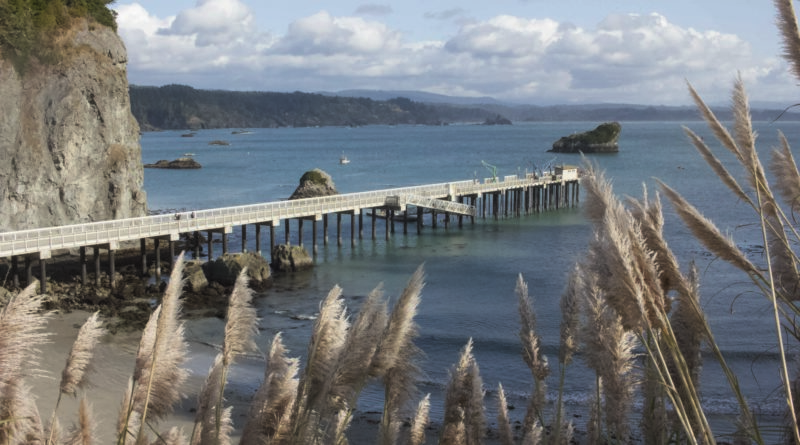5 rules of safety for the beach
One of the things that Northern California is best known for is the beautiful outdoors. However, while you’re out enjoying nature, you should also be aware of potential hazards, especially when you visit the beaches here in this area.
The different geology and climate of the area make for dangerous conditions that non-local students may not be familiar with. According to Geology Instructor Amanda Admire and Meteorologist Alex Dodd with the National Weather Service’s office in Eureka, there are some important things to keep in mind before and during your trip to the beach.
“My biggest thing for our students is; it’s so important to be aware of your surroundings. We live in such a beautiful area and we should take advantage of all that this area has to offer but we also need to be very aware of our surroundings and the hazards that exist around us through nature,” Admire said.
So far this year, there’s been five beach fatalities and one recently happened a few weeks ago by the Jetty, according to the National Weather Service’s website. Whether you’re a native or new to the area, it’s important to always be cautious when you’re at the beach.
- 1. Never turn your back to the beach. Even on a calm, clear day, sneaker waves, as the name implies, can sneak up on you when you least expect it. Water can take you by surprise so it’s important to be cautious, especially if you have kids with you or anyone who doesn’t know how to swim well.
- 2. Check the tide. Checking the tide before you go is also important especially if you’re going to an area that’s only accessible during certain tides or if you’re going to steeper beaches. You can check the tide on the National Weather Service’s website https://www.weather.gov.
- 3. Be aware of your surroundings and potential hazards. Most beaches around here are in the tsunami zone so check the hazard signs, which are usually posted at the entrances of beaches and if you hear sirens be prepared to get to higher ground. Rip currents are another hazard to be aware of. If you’re caught in one, you should swim parallel to the shore.
- 4. Dress appropriately and pack accordingly. Northern California beaches get upwelling, a process in which deep, cold water rises toward the surface. During this time of year, water temperatures can range from 50 to 56 degrees, which is much colder than water temperatures down south. Wearing a wetsuit or a long sleeve swimsuit might be more preferable than just an ordinary swimsuit. Packing extra clothes and towels can also help to keep you warm.
- 5. Tell someone where you’re going. It’s also a good idea to let someone know which beach you plan on going to and in what general area you’re going to be. This way, in the
event that something happens, someone will know where you are.




